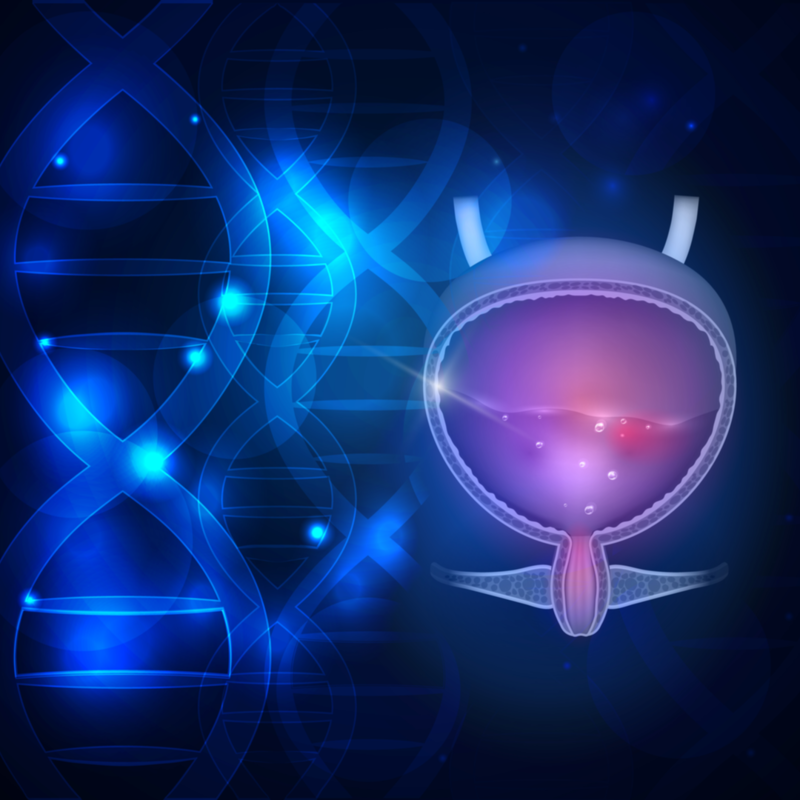Cell-free DNA may be key to monitoring urinary tract infections
Cornell University Health News Aug 04, 2018

A new method for testing urinary tract infections yields more information than what conventional methods can offer, according to new research from investigators at Weill Cornell Medicine, Cornell’s Meinig School of Biomedical Engineering, and NewYork-Presbyterian.
In a study published June 20 in Nature Communications, researchers analyzed pieces of DNA, called cell-free DNA, isolated from the urine of kidney transplant patients. They discovered that this DNA provides valuable information about the bacterial and viral composition found within patients’ urine.
Clinicians often test for urinary tract infections with a urine culture that involves growing bacteria. “But some bacteria are harder to grow than others, and for conventional techniques you have to choose a specific set of tests to detect a specific bacterium,” said co-lead author Dr. John Richard Lee, assistant professor of medicine at Weill Cornell Medicine and a nephrologist at NewYork-Presbyterian/Weill Cornell Medical Center. “This test, using urinary cell-free DNA, is less biased because it screens broadly for different kinds of infections, both common and rare.”
Urinary cell-free DNA (cfDNA) are floating molecules of DNA that are derived from the genomes of dying human or microbial cells. They are usually studied in blood plasma but are also present in the urine.
Investigators analyzed urine samples from 82 kidney transplant recipients receiving care at NewYork-Presbyterian/Weill Cornell Medical Center. By looking at the urinary cfDNA of these patients, the researchers not only identified the same microorganisms detected by conventional approaches but also other, less common microorganisms. They also were able to learn about the host response to infection and how fast bacteria were growing by looking at the genome structures.
“With just one test, many pieces of information about bacteria and viruses, as well as antibiotic resistance, can be determined at the same time,” said co-lead author Iwijn De Vlaminck, assistant professor of biomedical engineering at Cornell's Ithaca campus.
CfDNA fragments are short and fragmented, making analysis difficult using DNA sequencing approaches. But in this study, the researchers found that only 1 milliliter of centrifuged urine was needed for the new approach.
-
Exclusive Write-ups & Webinars by KOLs
-
Daily Quiz by specialty
-
Paid Market Research Surveys
-
Case discussions, News & Journals' summaries